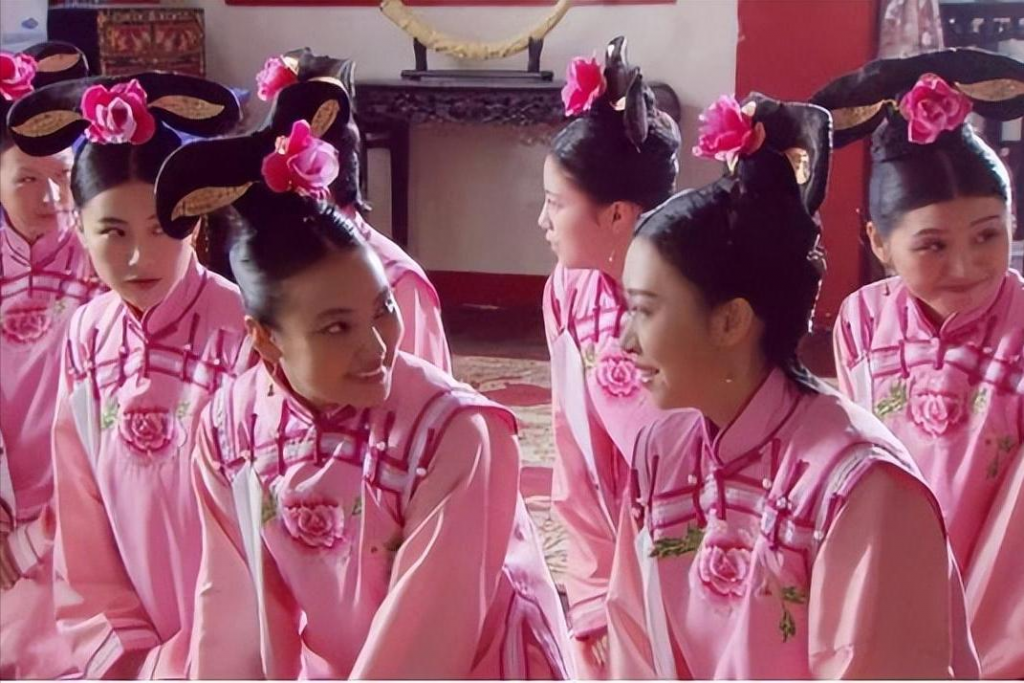When it comes to boosting population growth, few leaders in history were as proactive as Emperor Taizong of Tang. This legendary ruler wasn’t just a military genius and a brilliant statesman—he was also a master matchmaker. Faced with a massive population decline after years of war and chaos, he came up with an ingenious solution that helped repopulate the empire and ensured the prosperity of the Tang Dynasty.
A Nation in Crisis
By the time Li Shimin, later known as Emperor Taizong, took over the Tang throne, China was in shambles. The late Sui Dynasty had left the country in ruins, with endless wars and rebellions wiping out much of the population. At its peak, the Sui Dynasty had recorded 8.9 million households. By the time Taizong took over, that number had plummeted to a mere 2 million.
Fewer people meant fewer farmers to till the fields, fewer soldiers to defend the borders, and fewer taxpayers to fill the imperial coffers. Taizong knew that if he wanted the Tang Dynasty to thrive, he needed people—lots of them.

The Marriage Crisis
But there was a major problem: the demographic collapse had left an imbalance in the marriage market. Many young men couldn’t find wives, especially in rural areas where war had taken a disproportionate toll on the male population. Meanwhile, the imperial palace was overflowing with unmarried women. Thanks to the strict social hierarchy, many of these palace women, once taken in, had little chance of marrying unless the emperor himself intervened.
Taizong’s Brilliant Plan
And intervene he did! Taizong issued a bold decree: all palace women aged 25 and above were to be released and given the opportunity to marry commoners. This was a game-changer.
The announcement sent shockwaves through the empire. The palace women were overjoyed—many had spent years locked away with little hope of ever having a normal life. Young men across the empire rejoiced, knowing they now had a chance to marry. To ensure the success of this matchmaking program, the imperial government even provided dowries for the former palace women and organized large-scale matchmaking events where prospective grooms could meet their future wives.
The Results: A Population Boom
But Taizong didn’t stop there. He tied local officials’ promotions to marriage rates—counties that had higher marriage numbers were rewarded, ensuring that officials actively supported the emperor’s policy.
The results were spectacular. By the 13th year of Taizong’s reign, the number of households had risen to over 3 million. By the time his son, Emperor Gaozong, took the throne, the Tang population had skyrocketed to 20 million, making China the most populous nation in the world at the time.
A Master of Long-Term Strategy
Taizong’s population policies weren’t just about matchmaking. He also implemented land distribution reforms to ensure that farmers had enough resources to support growing families. He even launched diplomatic missions to recover kidnapped Chinese citizens from enemy territories, successfully reintegrating 1.6 million people back into the empire.
Most importantly, he understood that a strong nation needed not just people, but talent. He reformed the imperial examination system, allowing even poor scholars a chance at government positions. This meritocratic approach encouraged families to invest in education, knowing that their children had a shot at success regardless of background.
The Legacy of a Visionary Emperor
Taizong’s policies set a precedent for later rulers, including Emperor Xuanzong, who tried to replicate his success. His actions demonstrated that governance isn’t just about war and taxation—it’s about understanding the needs of the people and solving problems creatively.
Even today, his policies remain relevant. Governments worldwide struggle with declining birth rates, marriage difficulties, and social mobility. Perhaps modern policymakers could take a page from Taizong’s book: sometimes, a little matchmaking can go a long way.

No comments yet.